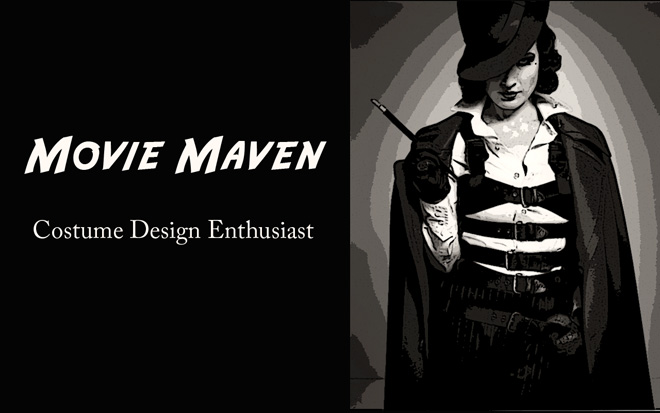Along with that, take a look at your schools Drama Club or at least volunteer to help out with a few shows as a Dressers or even assistant to the Designer or stage hands so you can get a good feel of productions and how things are run*.
*note: the same can be done when in college, so don't worry about lost time. You will always have time, you just have to use it wisely.
Most importantly, start researching colleges (if you're interested in an Associate of Science, which basically is a degree in the trade specialization of Costume Design) or Universities (if you plan on a Bachelors degree in Costume Design).
Post Secondary Education:
Now, this is what often gets people confused about the degrees, the A.S is about two years with hopefully an internship or field experiences courses, and the Bachelors is a four year degree but the first years are mostly the core curriculum (U.S. schools, I'm not sure about elsewhere) and the last two years are mostly centered on the design, stage production, script studies classes.
Depending on their specific Drama Department, most Universities offer Associates, Bachelors and Masters degrees in Costume Design.
So, if you're already in one of these many programs in either your college/institute/university remember to get involved in theater productions and be aware of any student film projects or even independent films that may need crew members. Experience is not something that is not learned, its something that is taken.
Now, I posted the picture of the fork in the road because there are many routes to take in order to become a Designer. Lets say you didn't or couldn't follow a set-in-stone route through college, or lets say you didn't go to college but are able to at least take time to commit to some schooling outside of work or any other commitments you have that don't allow you to follow a normal full-time student lifestyle.
Regardless of age or money, you can jump into theatre/film production design.
- An A.S. or even Certificates of Design can help give you a straight to the point acumen; it can be in anything in relation to garment construction (tailoring, costuming, fashion design)
- Volunteering for Community Theater productions (be prepared for a bizarre schedule but if you can do it or at least work with the stage manager for a more flexible one try it, couldn't hurt)
- Assembling a portfolio (you have to be able to sell yourself, namely your artistic skills; your keen eye and ability to work under pressure and with others)








































